Reportar esta entrada
Más sobre la misma comunidad-colección
Nuevo México, Texas; Chihuahua, México 1861-1865
Map of the borders between New Mexico, Texas and Chihuahua, ...
Mapa numero 1º desde Fort Smith hasta el Río Grande.
Map of the route near the 35th parallel. Part of the ...
Texas, Nuevo México y Territorio Indio con alrededores de Chicago y Nueva Orleans
Map of Texas counties and New Mexico showing Indian Territories ...
Texas: Conteniendo las concesiones y descubrimientos más recientes
Map of Texas containing the latest grants and discoveries in ...
Mapa estructural de Pecos Texas
Map of the Trans-Pecos, Texas area; Outlines and lines are shown ...
Mapa de Texas y regiones adyacentes en el siglo dieciocho
Map of Texas and the adjacent regions illustrating missions, ...
Mapa militar de la frontera del Río Grande
Military map of the Rio Grande frontier prepared from original ...
Texas el Estado de la Estrella Solitaria
Picturesque historical map of Texas with information on ...
Mapa de Texas y partes de los estados colindantes por el General Austin
Colorful map of Texas highlighting the borders between states ...
Dallas: Centro industrial y de distribución del suroeste
Colorful market and distribution map of the Southwest - Texas, ...
El Río Grande desde el Río San Juan hasta el Golfo de México
Map illustrates the Rio Grande from the San Juan River to the ...
Mapa de reconocimiento de Marfa, Texas
This topographic USGS map sheet indicates Marfa's surrounding ...
Topografía: la Universidad de Texas estudio de minerales
Topographic map of the Van Horn quadrangle in Texas. Indicates ...
Mapa de Texas y parte de Nuevo México
Map of Texas and part of New Mexico compiled chiefly for ...
Estado de Texas por J. De Cordova
This geographical map of Texas was compiled from the records of ...
Estados Unidos - Rutas de exploradores principales
This United States map colorfully illustrates routes taken by ...
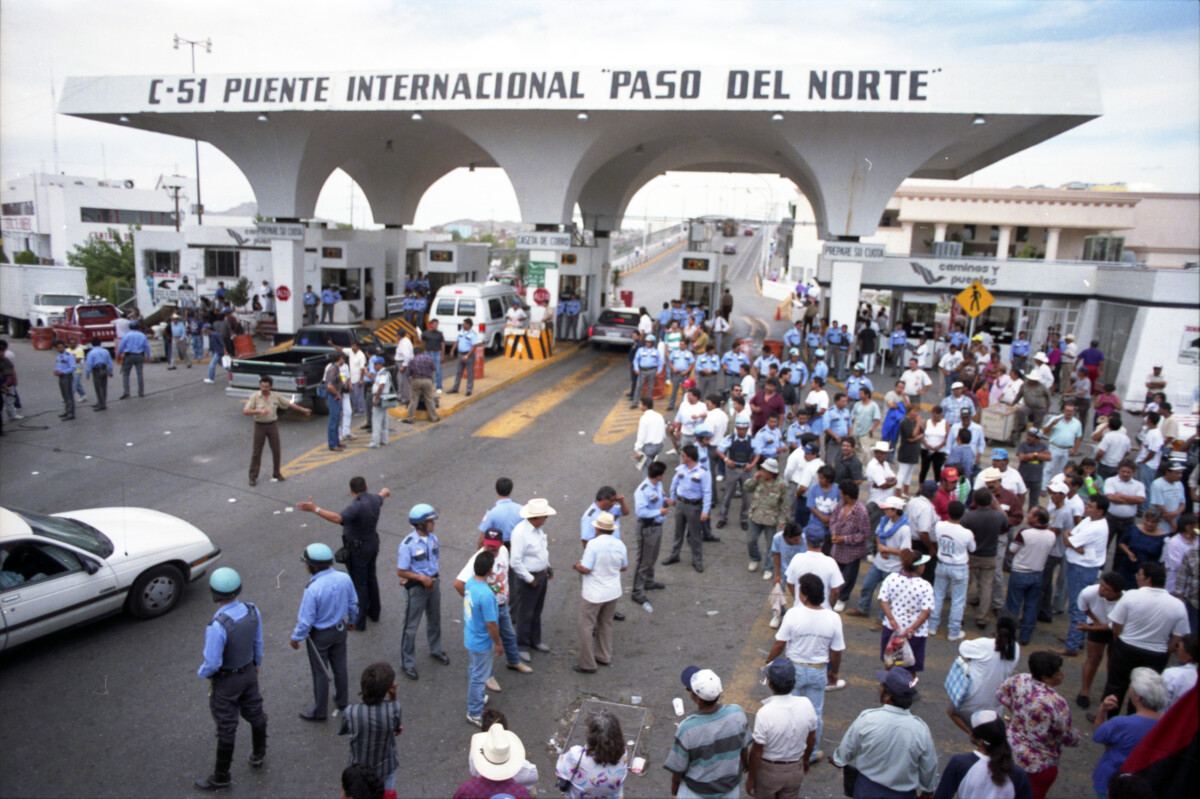
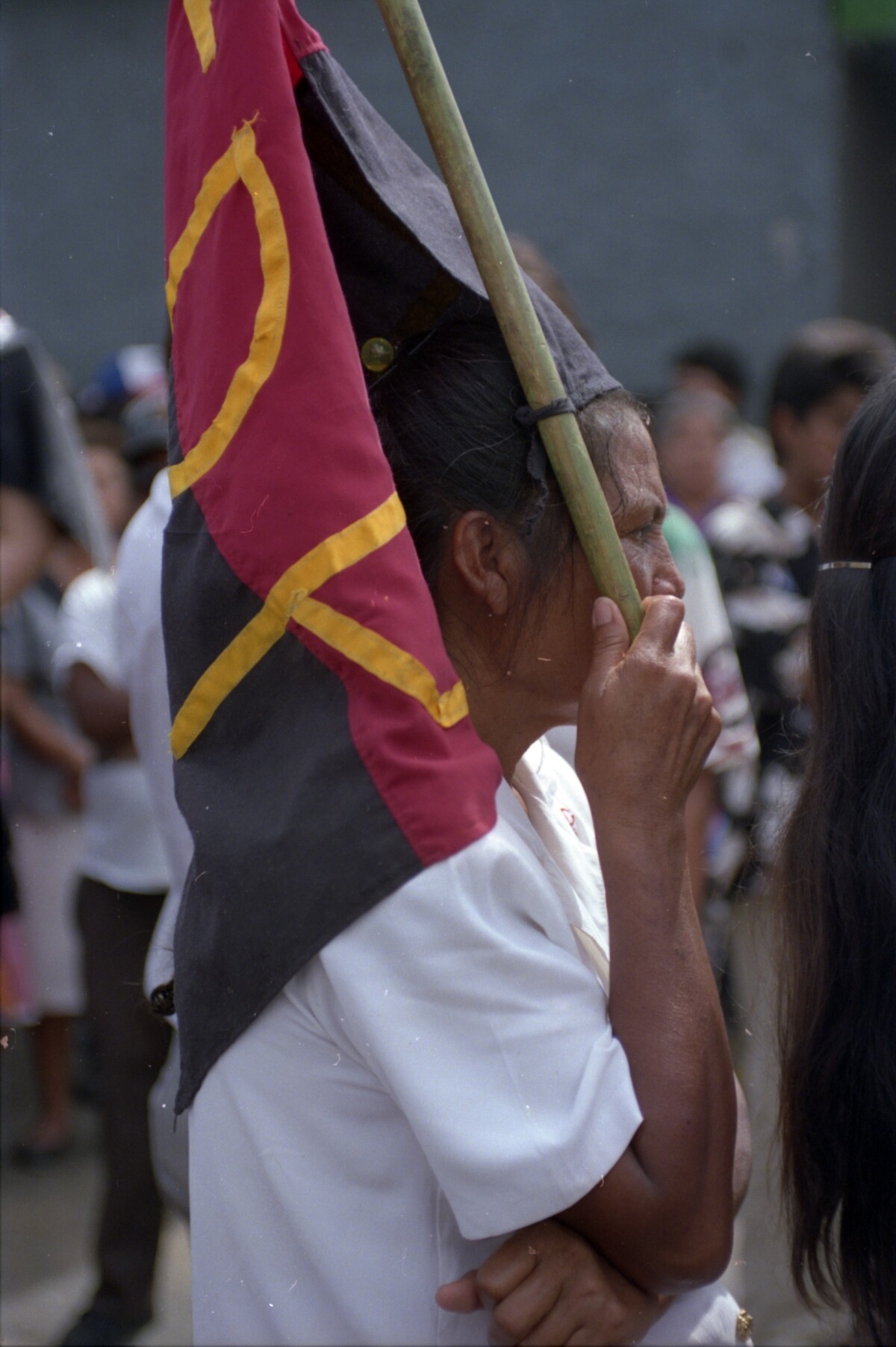

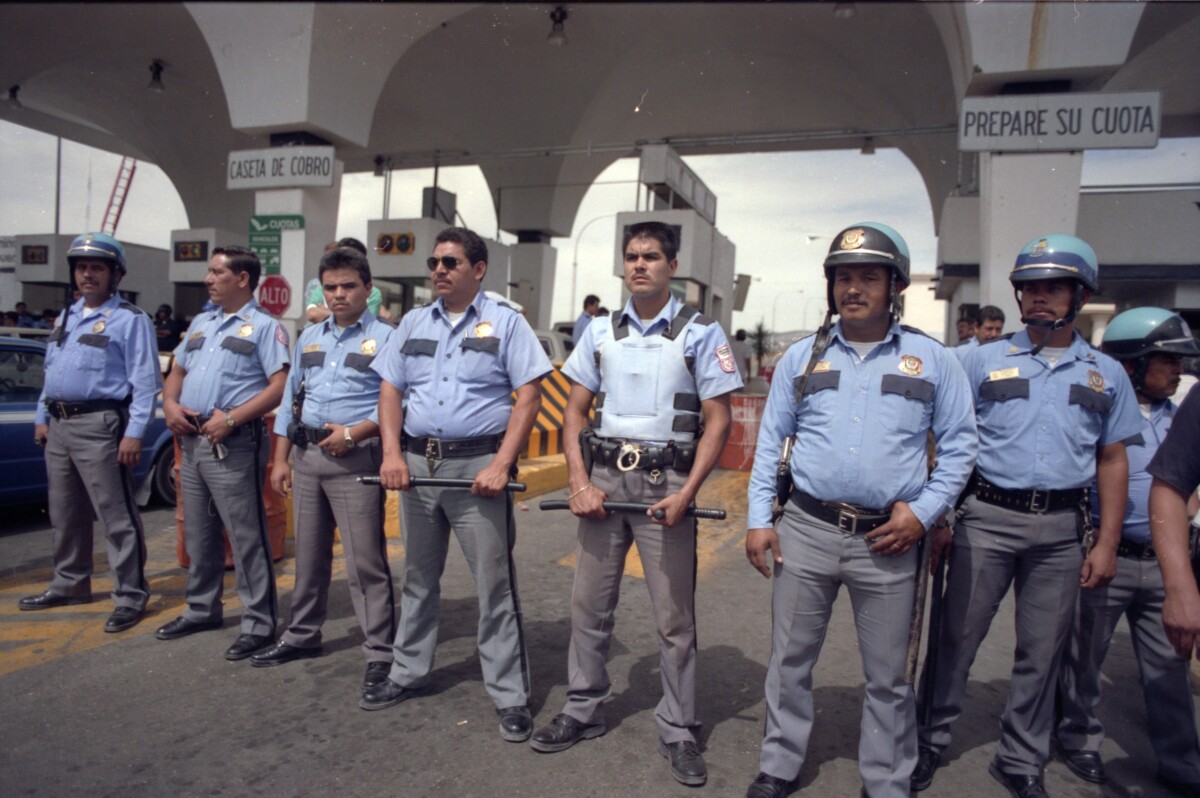
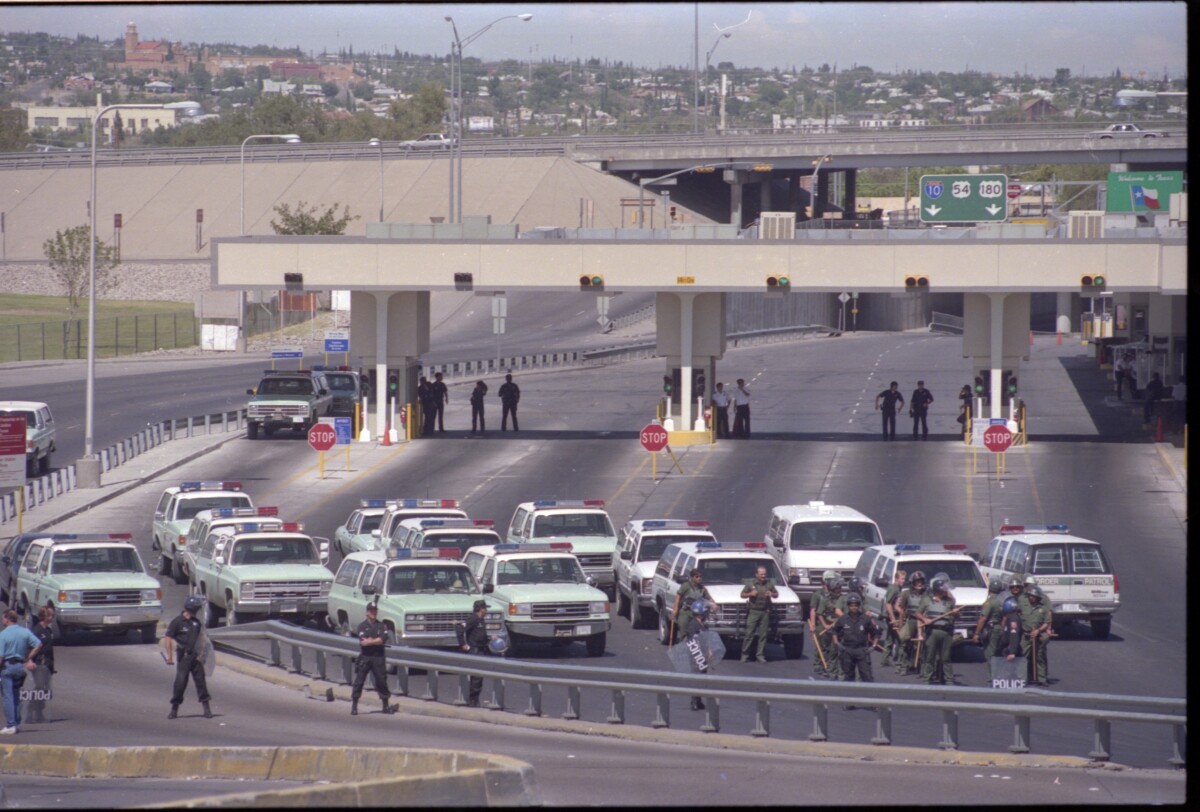

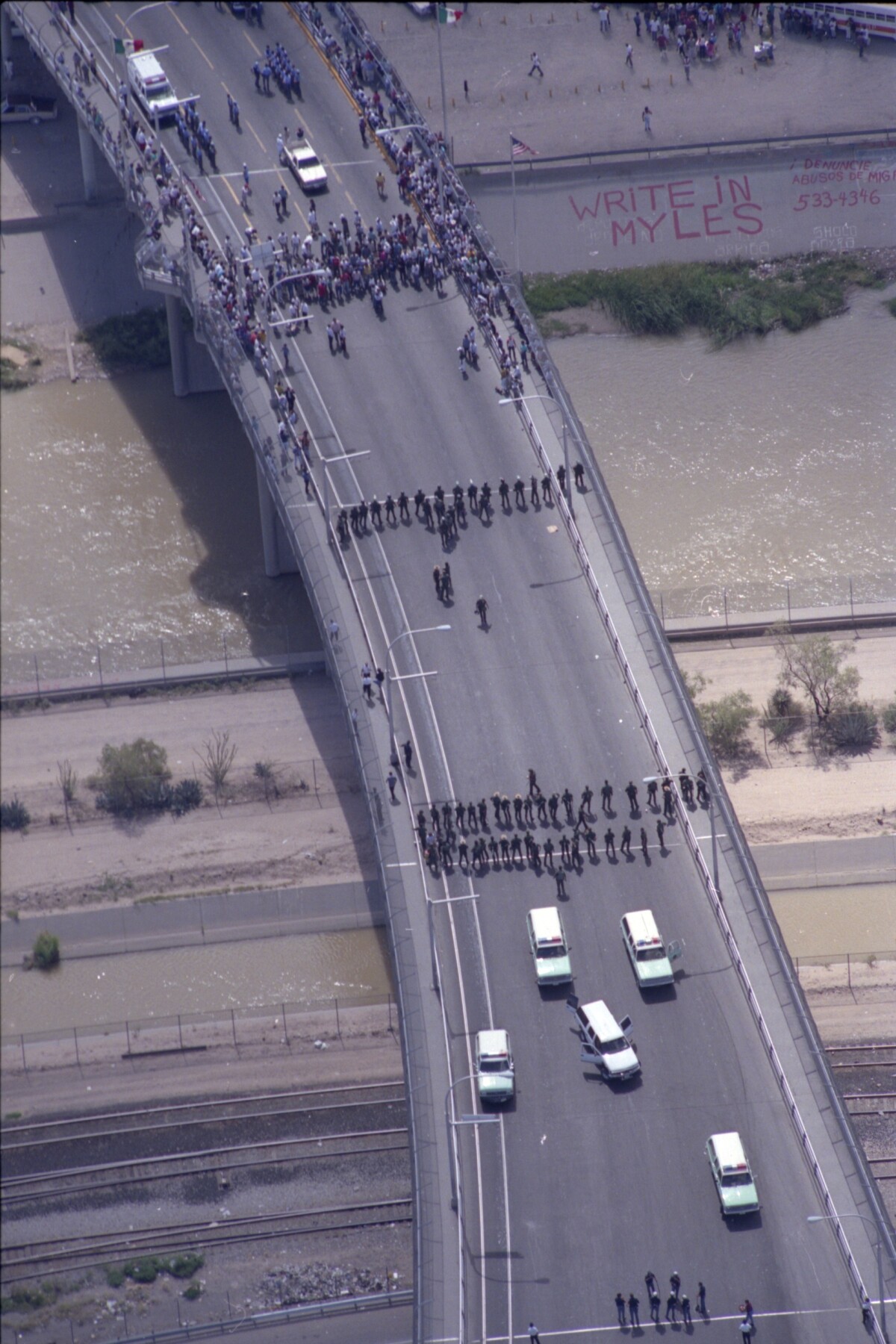
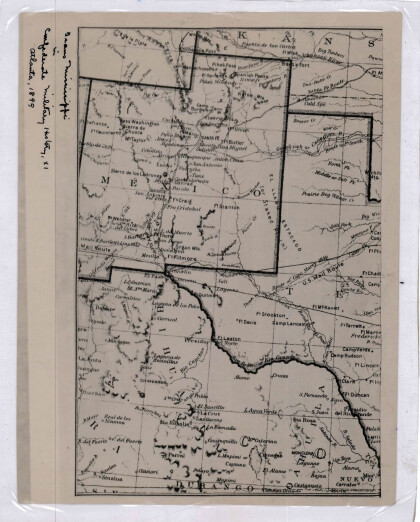

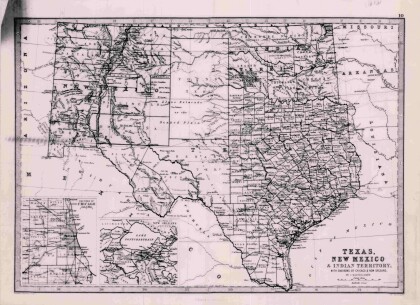
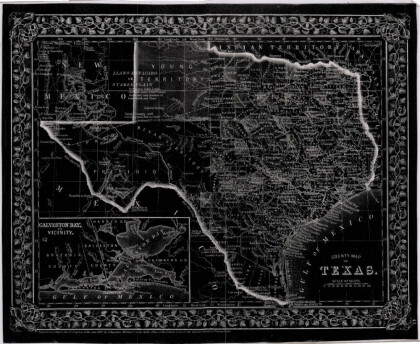
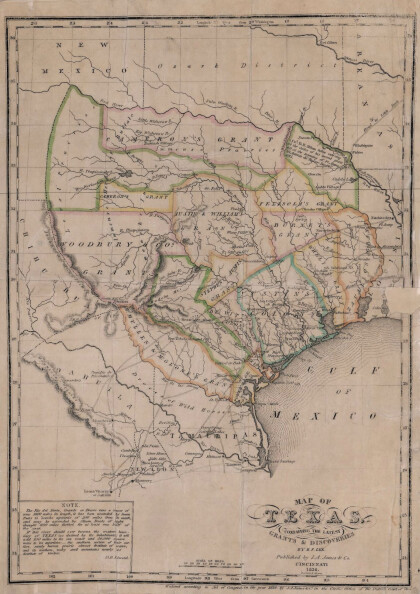
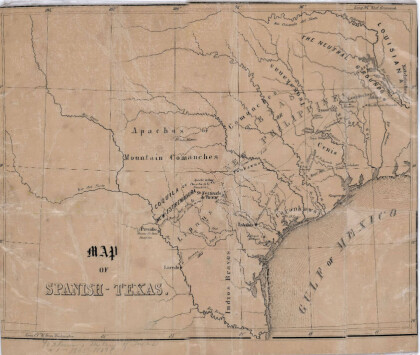
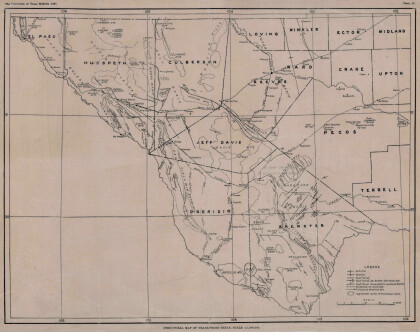
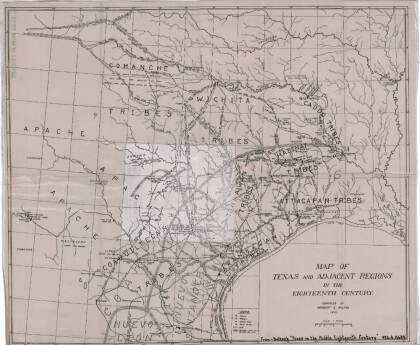
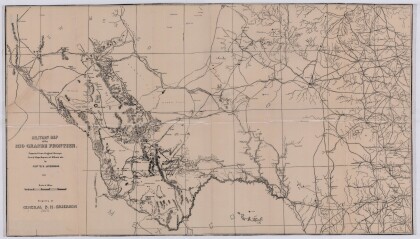

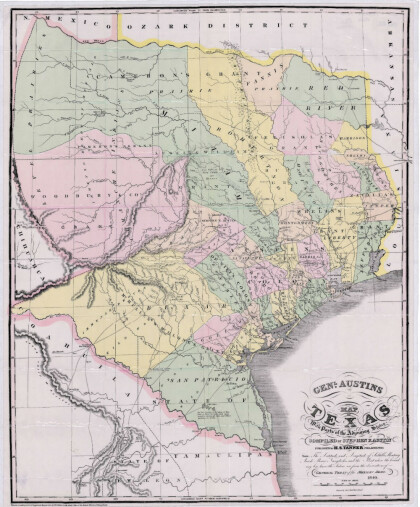
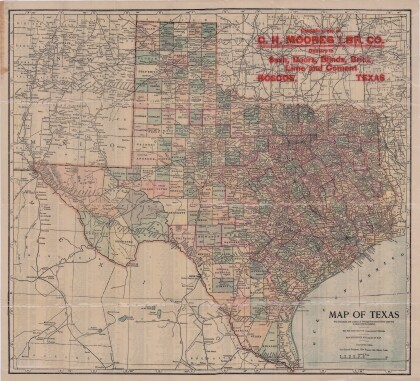

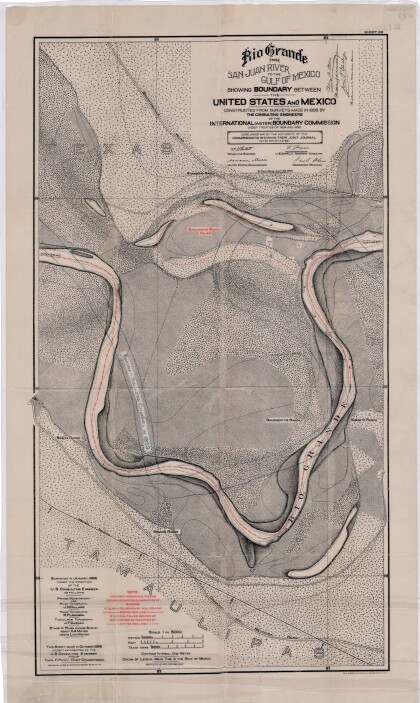
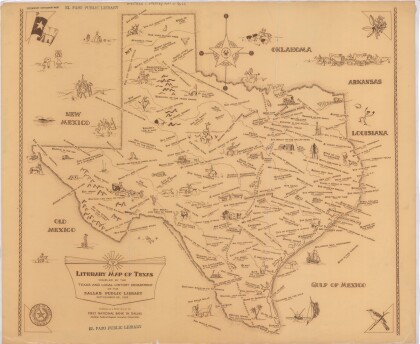

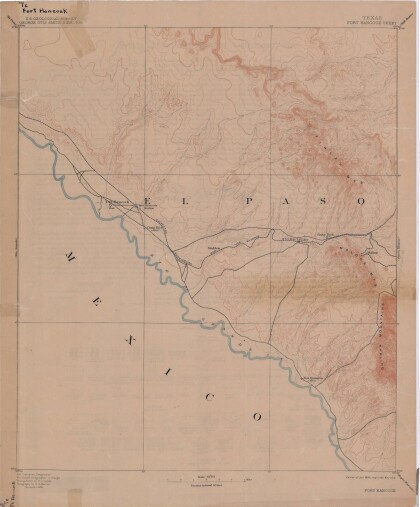
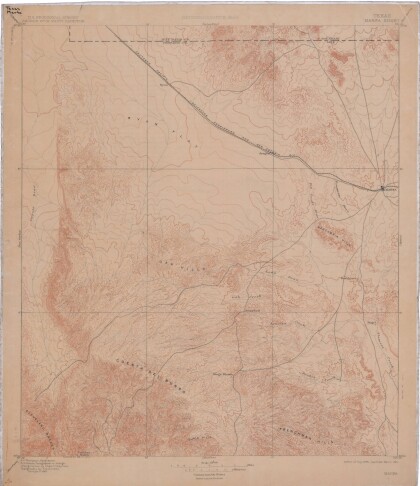
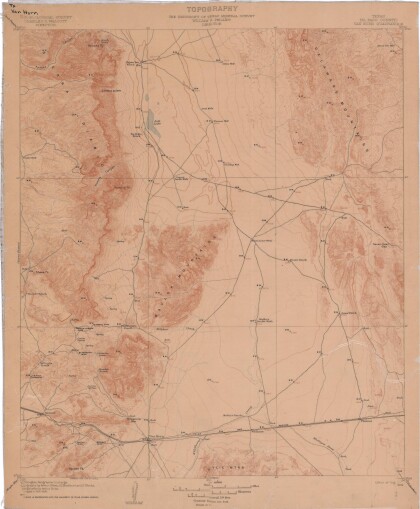
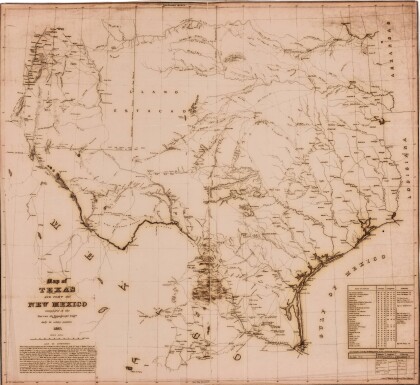
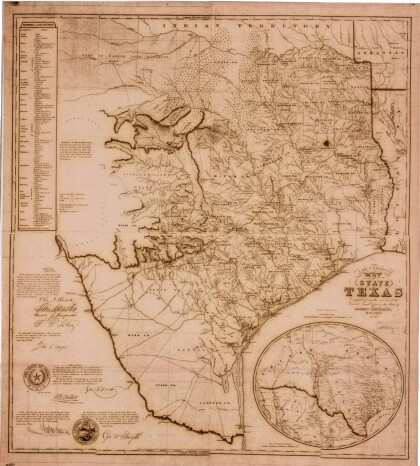
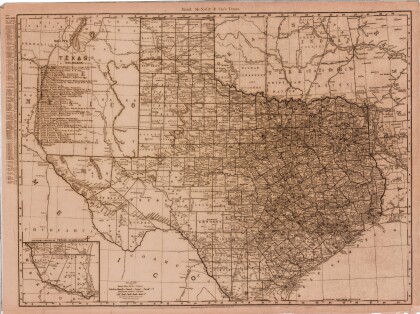

Comentarios
Hacer un comentario